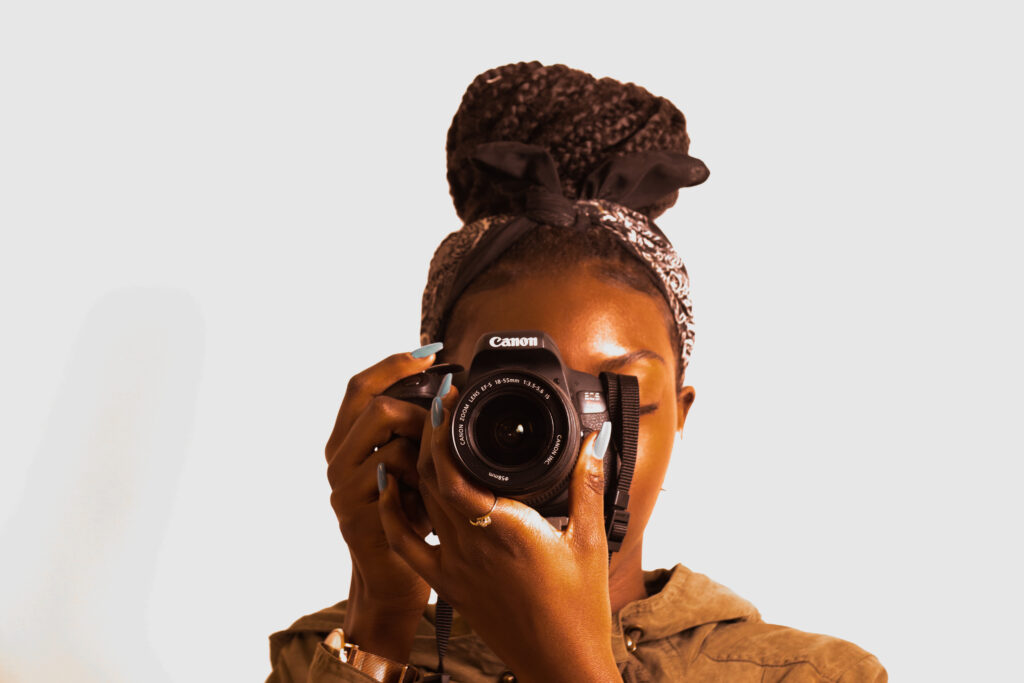When venturing into photography, it’s not enough to simply learn the fundamental skills. You also need to make sure that you’ve chosen your camera equipment wisely. For starters, a smartphone camera like that of an iPhone can be convenient and accessible, especially if you consider recent upgrades in its camera sensor, computational power, and photography modes. However, if you’re serious about photography, you may need more than just a smartphone.
Even with the presence of top-class smartphone cameras, digital cameras continue to dominate the field of photography because of their unparalleled image resolution and advanced features. These features make them an essential investment for beginner photographers. With the wide range of digital camera options available, here’s a brief guide to choosing the best beginner-friendly camera.
Page Contents
1. Determine your budget
Regardless of the brand or model, a camera serves as a financial investment, so make sure to determine your budget first. It helps to set a specific price range, such as $800-$1,000, to better manage your options. Keep in mind that sticking to a budget doesn’t mean sacrificing quality and performance since there are a lot of affordable, entry-level cameras that can help you acquire and sharpen your photography skills. You can also consider getting a used camera that’s still in good working order to better save costs.
2. Learn about the different types
Learning about the distinct features of each camera type can also significantly influence your decision. The most common types of digital camera available on major retailer Adorama are digital single-lens reflex (DSLR) and mirrorless. A DSLR like the Nikon D850 is usually available at a higher price point, as it comes with a large camera sensor, low-light capabilities, and a highly advanced autofocus system. Meanwhile, a lightweight mirrorless model like the Sony Alpha a7II may be the better option if you want something more convenient and portable. On top of its 24.3-megapixel sensor, it’s also incredibly versatile for capturing still images and shooting high-definition videos.
3. Consider which specs you need
Aside from the image quality determined through the camera sensor, consider other specs that will be useful for the style of photography you want to learn. For example, if you’re going to stick to the niche of black-and-white portrait and landscape photography, then the Pentax K-III monochrome camera can help you achieve that exact look and feel. It also features Custom Image modes to guide you in adding finishing touches and adjusting parameters like contrast, tone, and sharpness. The speed and efficiency of autofocus systems, on the other hand, should be prioritized if you plan on capturing action in sports or wildlife.
4. Consider the lens quality
Beyond the camera body itself, the lens can also make a huge difference in the quality and resolution of your captured photos. Many manufacturers offer camera kits with a body and lens, such as the newest Canon EOS R50 with RF-S18-45mm lenses perfect for different types of photography and content creation. There’s also the affordable Canon EOS R8 that’s also optimal for full-frame RF lenses if you want wide-angle fields of view when capturing events, portraits, pets, and travel scenery. Although the EOS R8’s lenses are interchangeable, beginners are advised to stick to lens kits and just upgrade to more specialized lenses once they’ve developed their skills.
Buying a camera can be intimidating, but taking into account the previously mentioned factors can help ease the process. Whichever model you end up getting, practice proper care and maintenance, so your investment lasts a long time.
